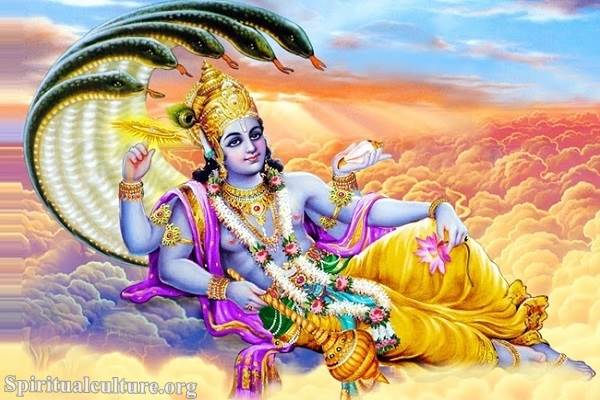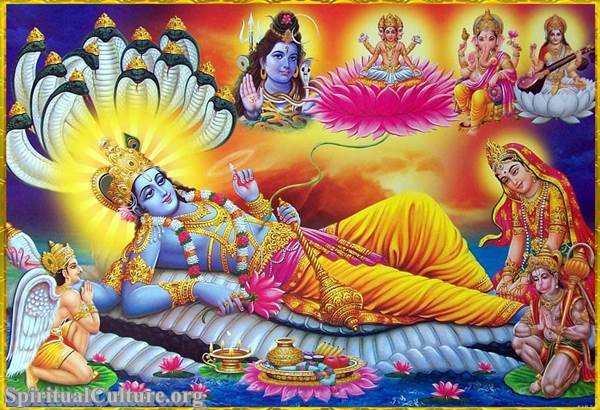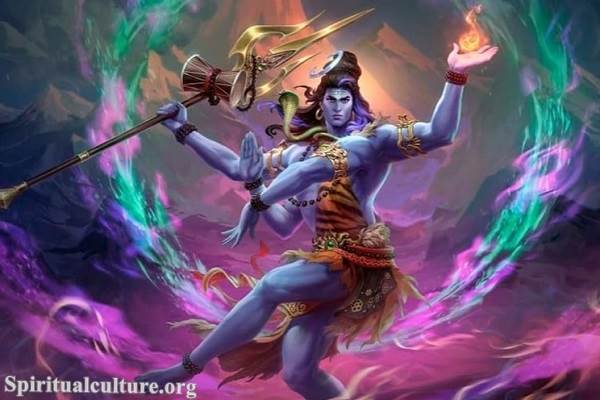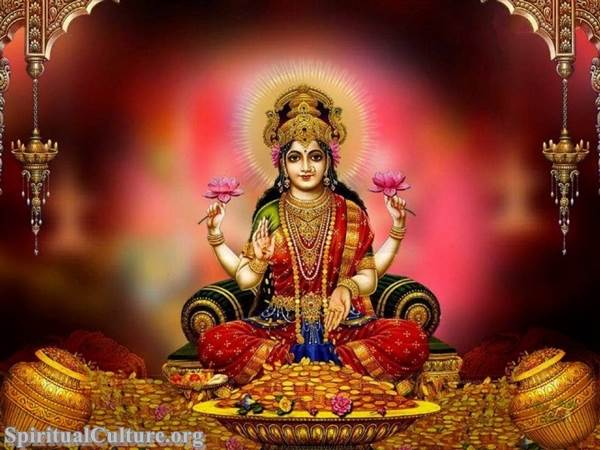This is because blue is associated with the concept of infinity and the universe’s infinite nature in Hinduism. Additionally, blue is associated with the color of the sky, which is considered an embodiment of the divine in Hinduism. The blue color of Vishnu is also symbolic of his role as the preserver of the universe and his ability to transcend the boundaries of time and space.
Vishnu is a principal deity in Hinduism and is considered the universe’s preserver. He is often depicted as having blue skin, which is said to symbolize his infinite nature and his role as the preserver of the universe. The color blue is also associated with the concept of infinity and the universe’s infinite nature in Hinduism. The blue color of Vishnu is also symbolic of his ability to transcend the boundaries of time and space and his association with the sky, which is considered to be an embodiment of the divine in Hinduism.

Additionally, the Vishnu Sahasranama, a hymn of a Thousand Names of Vishnu, describes Vishnu as “neela kantha” which means “blue-throated,” and this is because, according to Hindu mythology, Lord Shiva saved the world from a deadly poison by swallowing it and holding it in his throat, which turned blue.
In Hindu art, Vishnu is often depicted with four arms, holding a conch shell, a discus, a mace, and a lotus flower. The conch shell is symbolic of the sound of the divine, and the discus represents the mind and the intellect. The mace represents spiritual power, while the lotus flower symbolizes spiritual realization and the ability to rise above the material world. Together, these symbols represent the many aspects of Vishnu’s divine nature and his role as the preserver of the universe.




